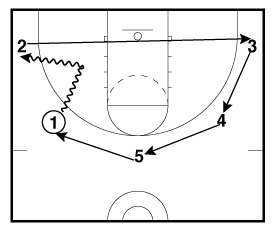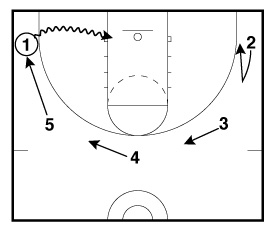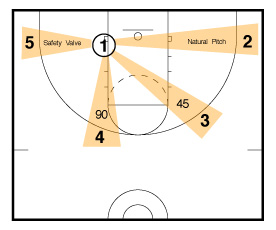22 Sep Atlanta Read & React Clinic
We just finished our last official clinic of the season in Atlanta. And, as we've done in the past for this clinic, we had guest speakers...
We just finished our last official clinic of the season in Atlanta. And, as we've done in the past for this clinic, we had guest speakers...
Jim Rohn says, "You are the average of the five people closest to you". For me, that feels frighteningly true. Makes me want to evaluate everyone close to me. Makes me wonder if some of my friends are looking to cut me off their list. I...
This morning I came across the following parable and it struck me that although it is true of life in general, it especially relates to basketball coaches (and even basketball players). You probably already have this notion tucked away in the back of your mind,...



 We finish each set with a Baseline Drive for good measure and Circle Move to the Shooting Windows.
We finish each set with a Baseline Drive for good measure and Circle Move to the Shooting Windows.
 Everyone circle moves left on the baseline drive with the exception of the 2 who must stay home to be the Natural Pitch. This way, all of the Shooting Windows are covered: Safety Valve, 90 degree, 45 degree, and Natural pitch.
Everyone circle moves left on the baseline drive with the exception of the 2 who must stay home to be the Natural Pitch. This way, all of the Shooting Windows are covered: Safety Valve, 90 degree, 45 degree, and Natural pitch.
The time to focus on player development is in the off season. That statement is nothing surprising. But, you can work on player skills while developing Read & React habits, even if you aren't allowed in the gym. Here's how one of our earliest adopters did...